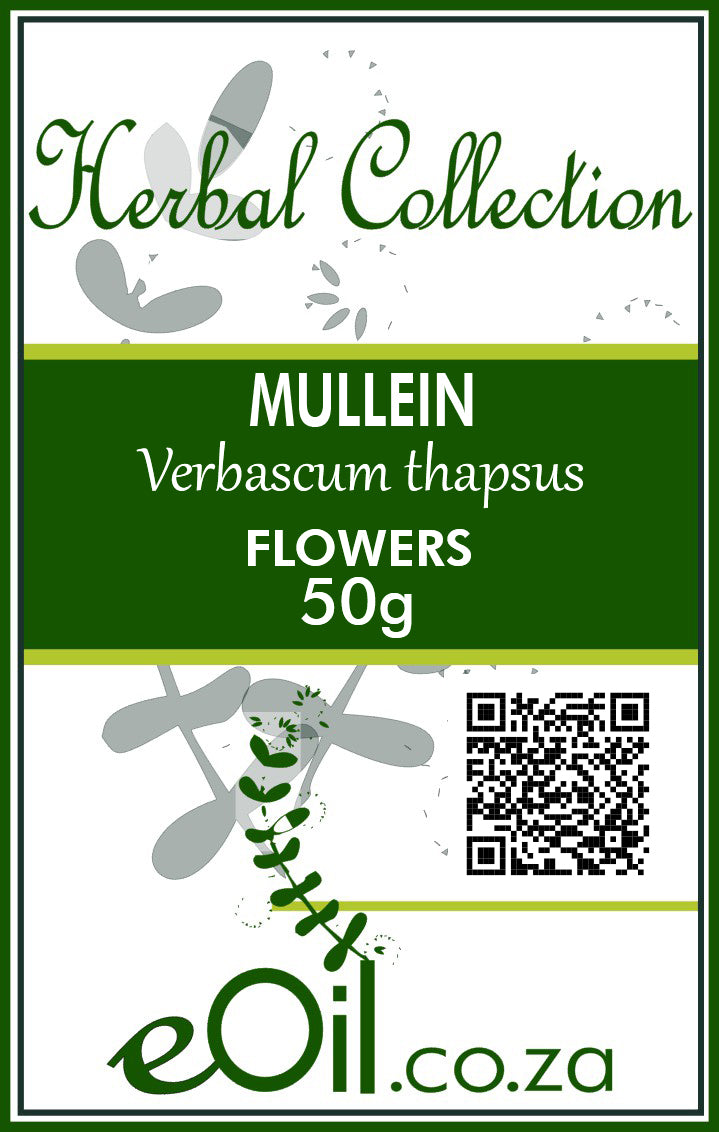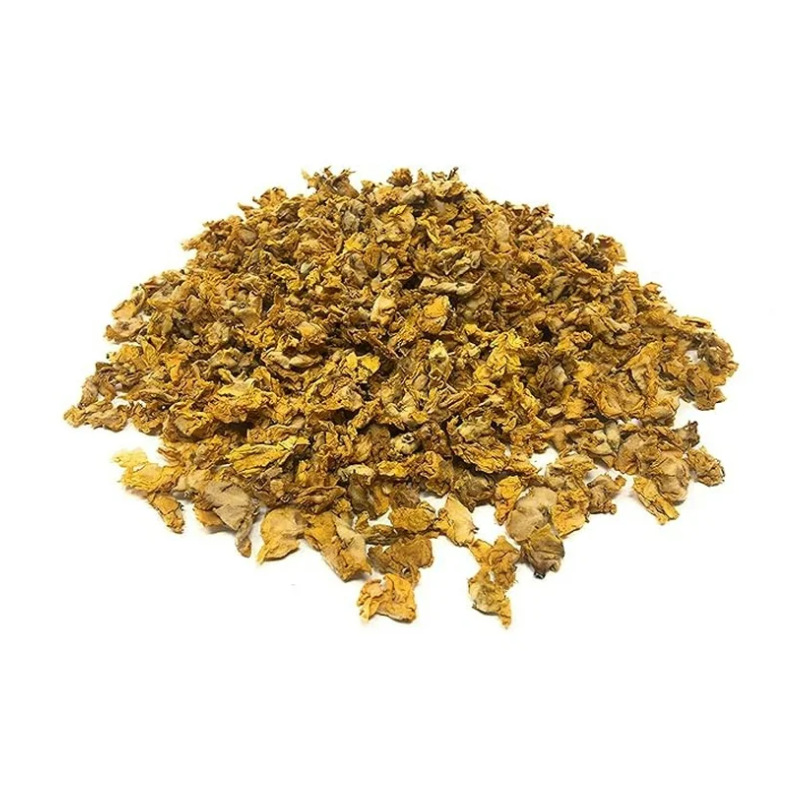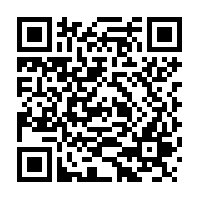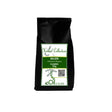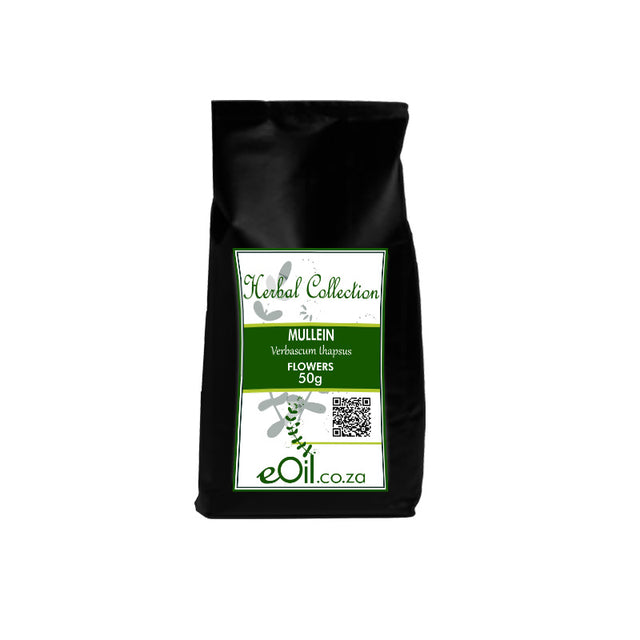Mullein Flowers Dried - Herbal Collection
Mullein Flowers Dried - Herbal Collection - 50 GR is backordered and will ship as soon as it is back in stock.
Description
Description
Mullein Flowers Dried - 50 g - Herbal Collection
Verbascum thapsus
TRADITIONALLY USED FOR
Both mullein leaves and flowers have been used in traditional medicine, but they have some distinctions in their common uses:
Mullein Flowers:
- Primarily Respiratory: Mullein flowers are most well-known for their traditional use in addressing respiratory issues like coughs, sore throats, asthma, and bronchitis.
- Earaches: Mullein flower-infused oil is sometimes used for earaches.
Mullein Leaves:
- Respiratory Support: Like the flowers, mullein leaves also have expectorant and anti-inflammatory properties that can be helpful for respiratory conditions.
- Topical Uses: Mullein leaves have traditionally been applied topically in poultices or salves for wound healing, skin irritations, and hemorrhoids.
- Digestive Aid: Mullein leaves may have some mild benefits for digestive complaints like diarrhea.
Overall:
Both the leaves and flowers of mullein share some overlapping uses, particularly for respiratory health. However, the leaves tend to have a broader range of traditional topical and digestive applications.
Important Note: As always, consult with your doctor before using mullein leaves or flowers medicinally, and remember that traditional uses may not be backed by strong scientific evidence.
2. Mullein flowers have a long history of use in traditional medicine. Here's what they're traditionally used for:
Respiratory Issues:
- Cough: Mullein is considered an expectorant, helping to loosen and expel mucus, making it useful for both wet and dry coughs.
- Sore Throat: The anti-inflammatory properties of mullein can help soothe a sore, irritated throat.
- Asthma and Bronchitis: Mullein may aid in reducing inflammation and opening up airways for easier breathing.
Other Traditional Uses:
- Earaches: Mullein infused oil may be used as drops to provide relief from earaches.
- Skin Conditions: Mullein may have some anti-inflammatory benefits for topical application in cases of minor skin irritations.
- Diarrhea: Mullein's astringent properties may be helpful in cases of mild diarrhea.
Important Considerations:
- Consultation: Always talk to your doctor before using mullein, especially if you have existing health conditions or are taking medication.
- Pregnancy and Breastfeeding: Mullein's safety in these situations is not well established, so it's best to avoid it.
- Preparation: Mullein tisane is made by steeping dried flowers in hot water.
- Potential Side Effects: Mullein is generally well-tolerated, but in some cases, it might cause mild digestive upset or skin irritation.
3- you can prepare mullein flower tisane just like a regular herbal tea. Here's how:
Ingredients:
- 1-2 teaspoons dried mullein flowers
- 1 cup hot water (not boiling)
- Optional: Honey or lemon to taste
Instructions:
- Place the Flowers: Put the dried mullein flowers into a tea infuser or directly into a mug.
- Add Hot Water: Carefully pour the hot (but not boiling) water over the flowers.
- Steep: Allow the tea to steep for 10-15 minutes. The longer you steep, the stronger the flavor and potential medicinal effects.
- Strain: If you didn't use an infuser, strain the tea through a fine-mesh sieve.
- Sweeten (optional): Add honey or a squeeze of lemon if you prefer a sweeter or tangier flavor.
- Enjoy: Sip and savor your mullein flower tisane.
INFORMATION
Source : http://www.wikiphyto.org/wiki/mullein
Reference on http://www.wikiphyto.org
Translation in English by Google Translate (go to the page of the source linked | on Chrome cellphones go on the 3 dots on the top right and select translate in your preferred language | on laptop right click your mouse and select option translate when hoovering on the page
plant name
White broth, Molène , Cierge de Notre-Dame , Herbe de Saint Fiacre , Wolf's ear , common mullein (English)
International Latin denomination
Verbascum thapsus L. = Verbascum schraderi Mey. = Verbascum thapsiforme Schrad. = Verbascum phlomoides L.
botanical family
Scrophulariaceae
Description and habitat
- Sturdy plant with stiff stem, more or less winged, up to 2 m, with thick cottony coating
- Large oval crenate leaves, the cauline leaves sessile, more or less decurrent, the lower ones long petiolate, in a rosette
- Inflorescences in +/- dense clusters, sometimes 1 m long, flowers with a rotaceous corolla, with 5 unequal pale yellow +/- petals
- Common in waste places in much of Europe
History and tradition
- Pliny recommended it for lungs and winded horses
- Belongs to the pectoral species: White Bouillon flowers, Poppy , Marshmallow , Mallow , Cat's Foot , Coltsfoot , Violet
Parts used
- Flower (leaf, root)
Dosage forms available
- Whole plant tincture
Usual dosages
Composition
Main components of the plant
- Mucilages (3%) with uronic acid , galactose , arabinose
- Iridoids : aucuboside , harpagoside and harpagid
- Phenylethanoids [1] : verbascoside [2]
- Flavonoids
- Lignans
- Phenylpropanoic sugar esters
- Saponosides (?)
Main components of buds or young shoots
Main components of essential oil
Properties
Plant properties
- Emollient, expectorant (the flower is part of the pectoral species)
- Softener, sudorific
- Anti-inflammatory [3]
- Antibacterial [4]
- The seed is fish poisonous
- Could be a substitute for Harpagophytum by its iridoids ( harpagoside and harpagide in lesser quantity)
Bud properties
Properties of essential oil
Directions
Indications of the whole plant (phytotherapy)
- Cough
- Asthma
- Obstructive pulmonary disease, COPD [5]
- Homeopathic indications: [6]
- Neuralgia of the face at a fixed time
- Laryngitis with barking “trumpet” cough
Indications of the bud (gemmotherapy)
Specific indications of essential oil (aromatherapy)
Known or suspected mode of action
- Part of the pectoral species
Usual formulations
Regulations
- French Pharmacopoeia list A (hulled corolla)
Possible side effects and precautions for use
- Be careful to filter the leaves well to avoid the irritating effect of the hairs in the herbal teas
Bibliographic references
- Aller↑ Warashina T, Miyase T, Ueno A. Phenylethanoid and lignan glycosides from Verbascum thapsus. Phytochemistry. 1992 Mar;31(3):961-5. PMID 1373629
- Aller↑ Raj Mehrotra, B. Ahmed, RA Vishwakarma, RS Thakur. Verbacoside: A New Luteolin Glycoside from Verbascum thapsus. J.Nat. Prod., 1989, 52 (3), pp 640–643
- Aller↑ Turker AU, Gurel E. Common mullein (Verbascum thapsus L.): recent advances in research. Phytother Res. 2005 Sep;19(9):733-9. PMID 16222647
- Aller↑ Turker AU, Camper ND. Biological activity of common mullein, a medicinal plant. J Ethnopharmacol. 2002 Oct;82(2-3):117-25. PMID 12241986
- Aller↑ Rodriguez-Fragoso, L., Reyes-Esparza, J., Burchiel, SW, Herrera-Ruiz, D., & Torres, E. (2008). Risks and benefits of commonly used herbal medicines in Mexico. Toxicology and applied pharmacology, 227(1), 125–135. https://doi.org/10.1016/j.taap.2007.10.005 PMID 18037151
- Aller↑ Guermonprez, Pinkas, Torck. Homeopathic Materia Medica. Ed. Doin. Paris. 1985, Boiron reissue. 1997.
- MA Khuroo, MA Qureshi, TK Razdan, P. Nichols. Sterones, iridoids and a sesquiterpene from Verbascum thapsus. Phytochemistry, Volume 27, Issue 11, 1988, Pages 3541–3544
- Hidayat Hussain, Shahid Aziz, Ghulam Abbas Miana, Viqar Uddin Ahmad, Saeed Anwar, Ishtiaq Ahmed. Minor chemical constituents of Verbascum thapsus. Biochemical Systematics and Ecology 37 (2009) 124–126 [1]
CAUTION
Store in a cool, dry place, away from light. Keep tightly closed, away from the reach of Children and pets.
Do not exceed the daily dose.
This product is not intended to prevent or cure any form of illness or disease.
If you are pregnant or nursing ; If you have a medical condition or are in the course of medical treatment ; If you are programmed for theater/operation in the near future, please consult your healthcare practitioner before using this product.
This product cannot replace a varied and balanced diet and a healthy lifestyle.
This product has not been evaluated by the SAHPRA for its quality, safety or intended use.
For More Information please check our General Safety Herbal products Page

Mullein Flowers Dried - Herbal Collection - 50 GR is backordered and will ship as soon as it is back in stock.


